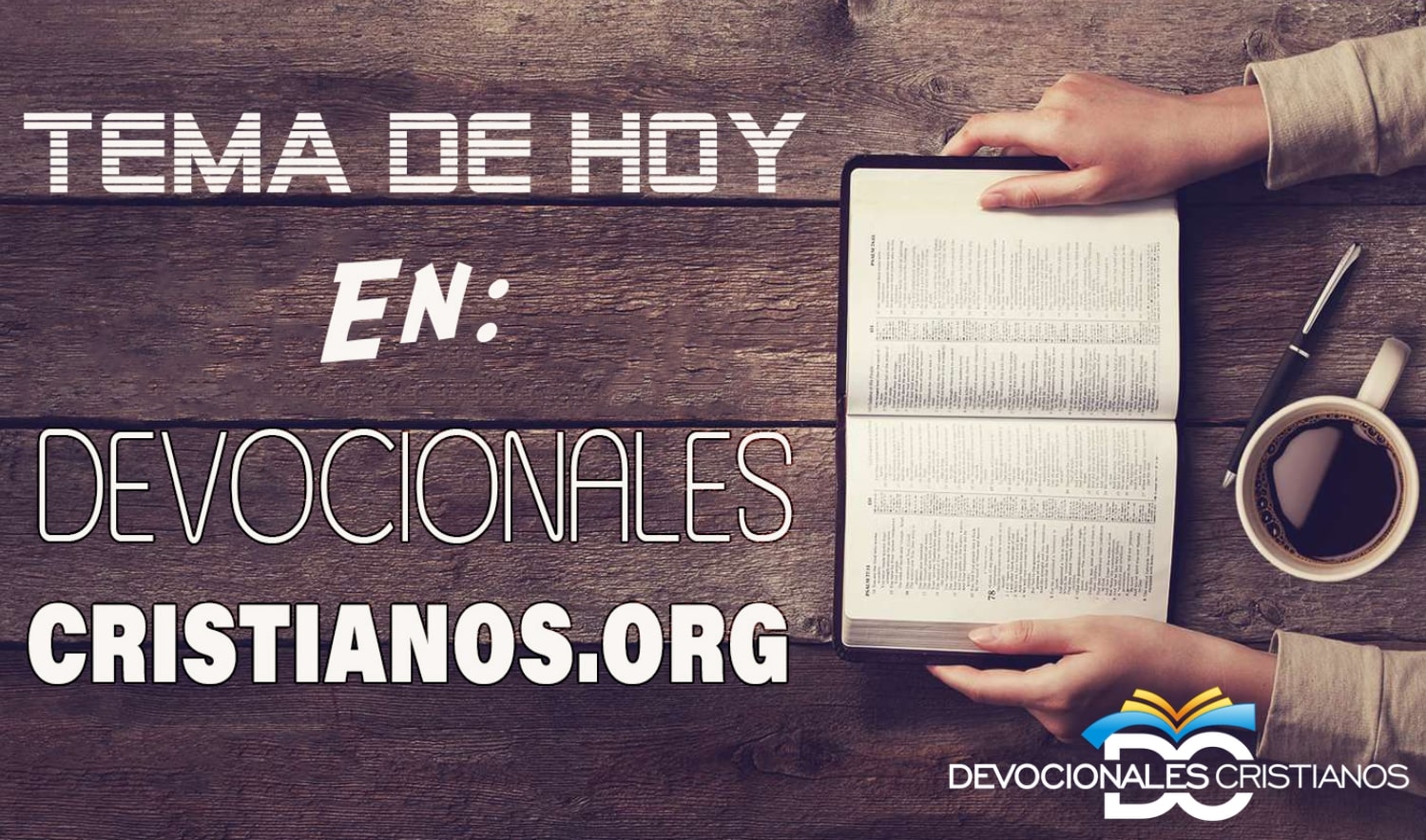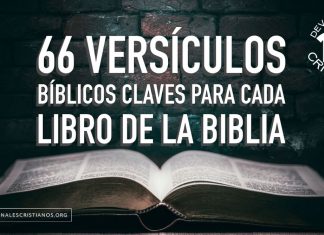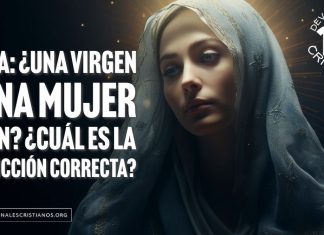Aferrados a la Palabra!!! siempre, siempre. Nada de vanas argumentaciones!!
Este es un articulo en ingles que describe los errores en que cae el autor del codigo Davinci.
Bendiciones!!!
—–
from Carm.org, just click DaVinci Code:
Da Vinci Code
Times best seller list for several months after its release in March
of 2004. It is the story of the history-changing secret that Jesus
was not divine, was married to Mary Magdalene, had children, that the
Christian church altered the Bible, that it invented Jesus’ divinity
as it demonized the sacred-feminine in order to gain power and
influence, and that the secret is held by a sect of the Catholic
Church that goes to extreme lengths to preserve the secret lest it
lose its power and influence.
The Da Vinci Code takes its title from the artist/inventor Leonardo Da
Vinci, the former head of a secret society known as the Priory of Sion
who, through the centuries, has been keeping the truth alive. The
book mentions The Holy Grail, which is supposed to be Mary Magdalene
herself, and attempts to draw the comparison between the traditional
view of the Grail as a cup (container) from which Jesus drank at the
Last Supper and the Mary Magdelene’s body as a «container» for life;
namely, Jesus’ offspring.
Therefore, the quest for the Holy Grail is really the quest to kneel
at the bones of Mary which have been preserved by the secret society
through the centuries.
The Da Vinci Code is well written and entertaining.
But, we must take it more seriously than a standard fiction book
because the author claims it is accurately researched and based on
factual information. If Brown had stated in the introduction of his
book that his material is conjecture, fiction, and not meant to be
factual, then we’d have no problem with it at all. But, no such
disclaimer exists. In his acknowledgment page at the beginning of the
book, Brown says, For their generous assistance in the research of
this book, I would like to acknowledge the Louvre Museum, the French
Ministry of Culture, Project Gutenberg, Bibliothèque Nationale, the
Gnostic Society Library, the Department of Paintings Study and
Documentation Service at the Lourvre, Catholic World News, Royal
Observatory Greenwich, London Record Society, the Muniment Collection
at Westminster Abbey, John Pike and the Federation of American
Scientists, and the five members of Opus Dei (three active, two
former) who recounted their stories, both positive and negative,
regarding their experiences inside Opus Dei.
From such a listing a person could get the idea that the story
presents factual information regarding the Christian Church, Jesus,
and the Bible. The truth is that it is poorly researched at best.
Unfortunately, far too many people who do not know real history and
the real facts to which the book alludes are liable to believe the
numerous erroneous theories cited by Brown.
On Dan Brown’s website (danbrown.com) he provides a list of books
used in research for the Da Vinci Code. They are gnostic, new age,
and speculative in
nature: Here are some of them.
1. Rosslyn: Guardians of the Secret of the Holy Grail –Tim
Wallace-Murphy & Marilyn Hopkins 2. The Woman With The Alabaster Jar:
Mary Magdalene and the Holy Grail –Margaret Starbird 3. The Templar
Revelation: Secret Guardians of the True Identity of Christ –Lynn
Picknett & Clive Prince
4. The Goddess in the Gospels: Reclaiming the Sacred Feminine
–Margaret Starbird 5. The Dead Sea Deception –Michael Baigent,
Richard Leigh 6. Jesus and the Lost Goddess: The Secret Teachings of
the Original Christians –Timothy Freke, Peter Gandy 7. When God was a
Woman –Merlin Stone 8. Beyond the Threshold: A Life in Opus Dei
–Maria Del Carmen Tapia 9. The Pope’s Armada: Unlocking the Secrets
of Mysterious and Powerful New Sects in the Church –Gordon Urguhart
The list reveals Brown’s lack of scholarly research since it does
not contain competent research material from counter sources.
Unfortunately, there is little fact in the book and far too much
conjecture. To the untrained, the presentation of Brown’s theory can
be compelling and misguiding.
There have been many articles exposing the errors of the Da
Vinci Code book so we will not going to too many details but we will
provide several quotes from characters in the book followed by
commentary demonstrating their inaccuracy.
Quote: «The Bible is a product of man, my dear. Not of God. The Bible
did not fall magically from the clouds. Man created it as a
historical record of tumultuous times, and it has evolved through
countless translations, additions, and revisions. History has never
had a definitive version of the book…more than 80 gospels were
considered for the New Testament, and yet only a relative few are
chosen for
inclusion– Matthew, Mark, Luke, and John among them… the Bible, as
we know it today, was collected by the pagan Roman emperor
Constantine the Great.» p.
231
Response: This is a very gross error. The Bible is not the product of
«countless translation, additions, and revisions.» The Bible is
translated from copies of original documents, and has been static
since before the council of Nicea.
Response: The Bible was not produced at the Council of Nicea by
Constantine. The Old Testament documents were collected and known as
an inspired work long before the Christian church was ever on the
scene.
The New Testament documents were written by the eyewitnesses of
Jesus’ Ministry or under the direction of those who were. The
Christian Church knew which documents were authentic and which were
not with only a few books in dispute.
At the initial formation of the Christian Church, the Christians were
under Roman rule and did not have the freedom (due to initial
persecution) to produce an «official» Bible. But that did not prevent
them from knowing which documents were penned by the apostles
themselves and which were spurious forgeries, of which many were in
existence and are undoubtedly included in the «80 gospels» that Brown
mentions.
Quote: «With the help of Jesus’ trusted uncle, Joseph of Arimathea,
Mary Magdalene secretly traveled to France, then known as Gaul. There
she found safe refuge in the Jewish community. It was here in France
that she gave birth to a daughter. Her name was Sarah.» p. 255
Response: There is no evidence for this whatsoever.
Quote: «…the Piscean ideal believe that man must be told what to do
by higher powers because man is incapable of thinking for himself.
Hence it has been a time of fervent religion. Now, however, we are
entering the age of Aquarius– the water bearer– whose ideals claim
that man will learn the truth and be able to think for himself.» p.
268
Response: It is interesting that Brown inserts pagan ideas and pagan
concepts into the dialogue among his characters in an attempt to
support the storyline. His comment is interesting in that it leaves a
person with the impression that religion, in particular Christianity,
does not want people to learn the truth or think for themselves. This
cannot be further from fact. The Scriptures teach us to learn the
facts and to be very responsible in our decisions and to think
critically. Brown misrepresents, at the very least, the Christian
faith.
Response: Following are scriptures telling us to
think, to use our minds. «You shall love the Lord your God with all
your heart, and with all your soul, and with all your strength, and
with all your mind; and your neighbour as yourself,» (Luke 10:27)
«Finally, brethren, whatever is true, whatever is honorable, whatever
is right, whatever is pure, whatever is lovely, whatever is of good
repute, if there is any excellence and if anything worthy of praise,
let your mind dwell on these things,» (Phil.
4:8).
«And do not be conformed to this world, but be transformed by the
renewing of your mind, that you may prove what the will of God is,
that which is good and acceptable and perfect,» (Rom. 12:2).
«One man regards one day above another, another regards every day
alike. Let each man be fully convinced in his own mind,» (Romans
14:5).
Quote: «Admittedly, the concept of sex as a pathway to God was
mind-boggling at first. Langdon’s Jewish students always looked
flabbergasted when he first told them that the early Jewish tradition
involved ritualistic sex. In the temple, no less. Early Jews believed
that the Holy of Holies in Solomon’s Temple housed not only God but
also his powerful female equal, Shekinah. Men seeking spiritual
wholeness came to the temple to visit priestesses–or hierodules–
with whom they made love and experienced the divine through physical
union. The Jewish tetragrammaton YHWH
— the sacred name of God — in fact derived from Jehovah, an
androgynous physical union between the masculine Jah and the
pre-Habraic name for Eve, Havah.» p. 309
Response: We know of absolutely no documentation whatsoever
supporting the idea that the early Jews considered the holy of holies
a place where a female deity would dwell. Such an idea is ridiculous
and in direct contradiction to the historic/biblical account for the
purpose of the Holy of Holies. This is such a preposterous idea that
we are surprised Mr. Brown inserted it into the story at all — even
knowing it is a fictional book.
Response: Brown makes a very fundamental error in his research
regarding the tetragrammaton YHWH. It is not derived from a masculine
and feminine set of words.
Instead, YHWH is the English four letters that most closely represent
the four Hebrew characters that designate the name of God which is
derived from the verb «to be.» Essentially, when God gives his own
name he says, «I AM that I AM». The «I AM» is from the verb «to be»
which is where we get YHWH. Brown is completely off on this.
Quote: «the next time you find yourself with a woman, look in your
heart and see if you cannot approach sex as a mystical, spiritual act.
Challenge yourself to find that spark of divinity that man can only
achieve through union with the sacred feminine.» p. 310
Response: This is a very subjective statement. Of
course, it is just a fictional character giving a fictional opinion.
But, the problem is that with the overall context of undermining
biblical truth and historical fact, this comment takes on a more
distracting meaning as it moves a person to think emotionally instead
of using the mind…the very thing Brown, via his characters, accuses
the church of not wanting. See point 3 above.
Quote: «… every faith in the world is based on fabrication. As the
definition of faith — acceptance of that which we imagined to be
true, that which we can prove.» p. 341
Response: No, this is not true. Christianity is
based on fact: the reality of the nation of Israel, archaeological
verification, eyewitness accounts recorded in written form regarding
the birth of Christ, his ministry, his miracles, his teaching, his
death, his burial, and his resurrection. Brown could not be further
from the truth.
Quote: «those who truly understand their faiths understand the stories
[i.e., Virgin birth of Jesus] are metaphorical.» p. 342
Response: This is not true. Christianity is not based on
metaphorical stories with hidden meanings.
It is based on historical facts, i.e., the actual life, ministry,
death, and resurrection of Jesus.
The witnesses recorded what they actually saw and wrote down actual
events. Brown’s character’s assertion is (admittedly fictional) and
completely erroneous.
Following is a brief and partial list of some of the many errors found
in the Da Vinci Code.
A partial list of errors in the Da Vinci Code
The Bible is the product of «countless translations, additions, and
revisions.»
The biblical documents are static, unchanging, and we have
multitudinous copies of them from the first, second, and third
centuries.
The Bible was assembled by Emperor Constantine.
The Bible was assembled before Constantine.
There were 80 additional gospels
Though there were a few gospels circulating which claimed to be
authentic but the early Christians knew were not, there is no where
close to 80.
Opus Dei members have monks.
They do not.
The deity of Christ was invented by the Council of Nicea The deity of
Christ is found in the scriptures Matt.
2:2,11; 14:33; 28:9; John 9:35-38; and Heb. 1:6
Jesus was married to Mary Magdalene who is to be worshipped as a
goddess.
There is absolutely no historical evidence for this.
Early «Christians» practiced goddess worship.
There is absolutely no historical evidence for this.
YHWH is derived from two Hebrew words, one masculine and the other
feminine.
No, it is derived from the single Hebrew word «to be»
The Dead Sea Scrolls contained the earliest Christian writings This
cannot be true since the DSS’s were written before Christianity
existed.
Christianity borrowed its ideas from pagan sources Similarities
between Christianity and other religions does not mean Christianity
borrowed from them or they borrowed from Christianity. Similarities
exist in all religions. The assertion is a common one that has no
basis.
Conclusion
The Da Vinci Code is an enjoyable read as far as fiction goes but it
is not very accurate in his conclusions. Again, if Brown had stated
that his book was simply fiction and he did not imply that everything
in it was factual, then we would have no problem. But this is not
what he has done. In fact, he’s done the opposite and in so doing has
provided a lot of misinformation and false conclusions that,
unfortunately, too many people will believe
¿Te gustó este artículo?
Suscríbete a nuestro canal de YouTube para ver videos sobre temas bíblicos.
Visita nuestros cursos bíblicos.
Se miembro de nuestro ministerio y obten todos los recursos.















